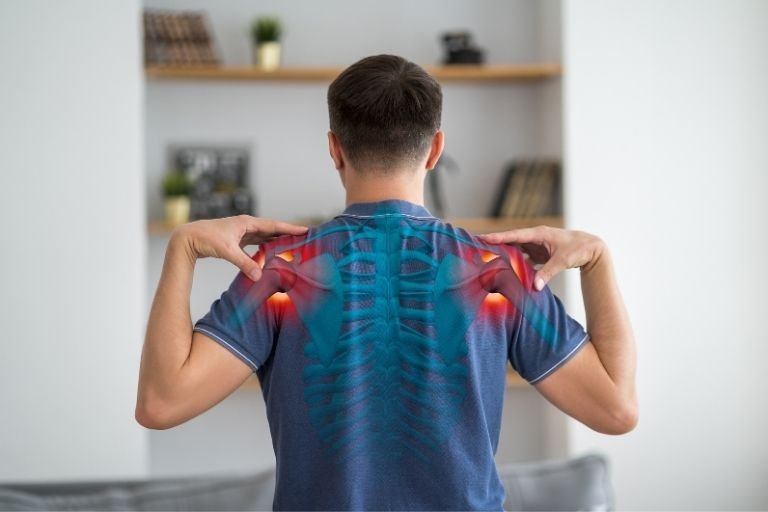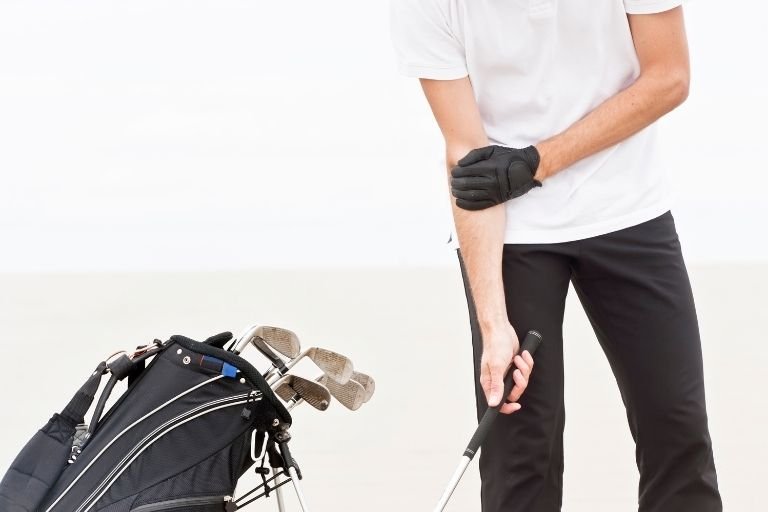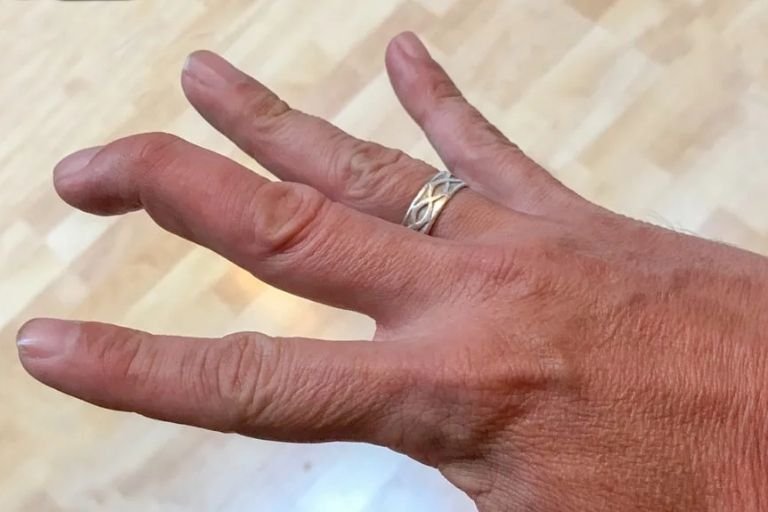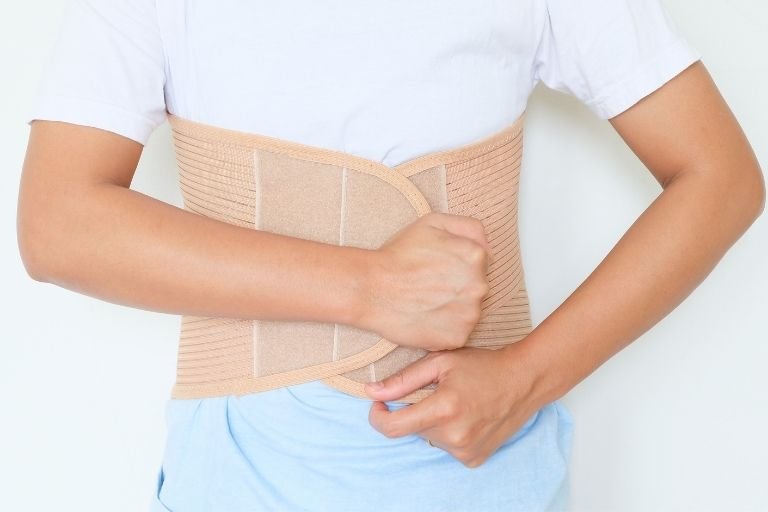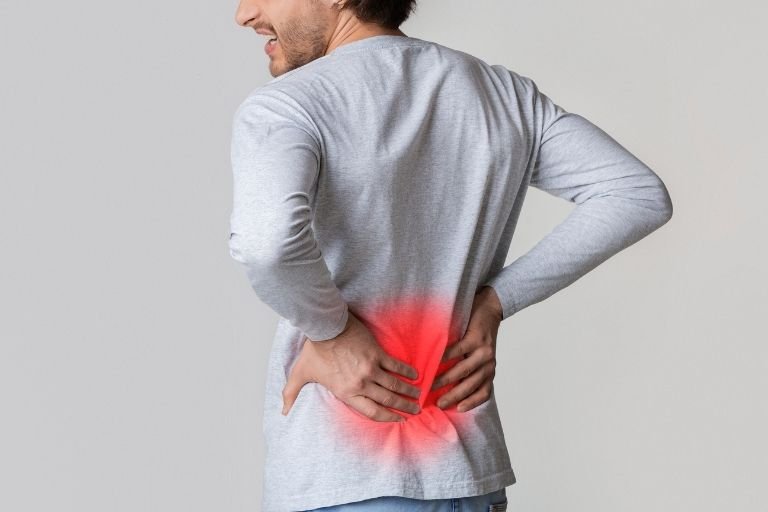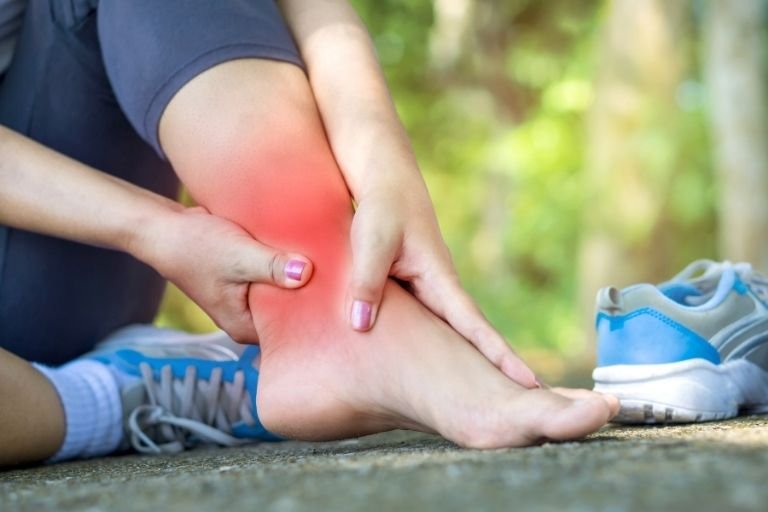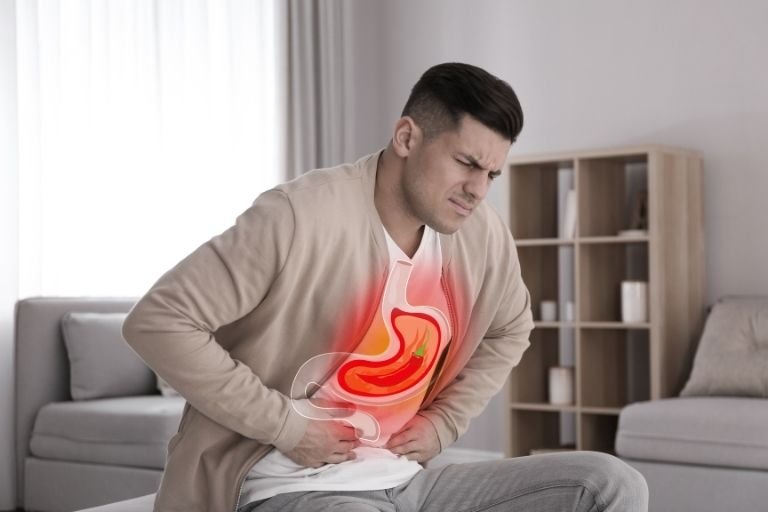- Fitwell Physiotherapy
Chondromalacia Patella

Chondromalacia patellae, often referred to as runner’s knee, is a condition characterized by the softening and deterioration of the cartilage on the underside of the patella (kneecap). This deterioration can lead to pain and discomfort, particularly during activities that involve bending the knee, such as running, jumping, squatting, or climbing stairs.
Please submit your details below.
Symptoms:
- Pain: The most common symptom is a dull, aching pain around or behind the patella, especially during activities that put stress on the knee.
- Grinding sensation: Some individuals may experience a grating or grinding sensation when moving the knee joint.
- Swelling: Swelling around the knee area may occur, especially after physical activity.
- Instability: A feeling of instability or weakness in the knee joint may be present, particularly when standing or walking.
Causes:
Several factors can contribute to the development of chondromalacia patellae, including:
- Overuse: Activities that involve repetitive stress on the knee joint, such as running or jumping, can lead to irritation and inflammation of the patellar cartilage.
- Muscle imbalances: Weakness or tightness in the muscles around the knee, particularly the quadriceps and hamstrings, can affect the alignment and movement of the patella, increasing the risk of chondromalacia.
- Joint misalignment: Issues with the alignment of the patella, such as patellar maltracking, can contribute to abnormal wear and tear of the cartilage.
- Trauma: Direct trauma to the knee, such as a fall or blow to the patella, can damage the cartilage and increase the risk of chondromalacia.
When to See a Physiotherapist:
If you experience persistent knee pain or discomfort, especially during physical activity, it’s essential to consult a physiotherapist or healthcare professional. They can assess your symptoms, evaluate your knee function, and develop a personalized treatment plan to help alleviate pain and prevent further damage.
Risks:
Untreated chondromalacia patellae can lead to worsening symptoms and potentially more severe complications, such as:
- Chronic pain: Continued stress on the knee joint can lead to chronic pain and discomfort, impacting daily activities and quality of life.
- Cartilage damage: Over time, untreated chondromalacia can lead to further deterioration of the cartilage, increasing the risk of osteoarthritis.
- Functional limitations: Pain and instability in the knee joint can limit your ability to participate in physical activities or sports.
How to Prevent:
While chondromalacia patellae cannot always be prevented, certain measures can help reduce the risk of developing the condition or minimize symptoms:
- Proper training: Gradually increase the intensity and duration of physical activities to avoid overuse injuries.
- Strength training: Incorporate exercises to strengthen the muscles around the knee, particularly the quadriceps, hamstrings, and calf muscles, to improve joint stability and reduce stress on the patella.
- Flexibility: Stretching exercises can help improve flexibility and mobility in the knee joint, reducing the risk of muscle imbalances and alignment issues.
- Proper footwear: Wear appropriate footwear for your chosen activity to provide adequate support and cushioning for the feet and knees.
- Correct technique: Maintain proper form and technique during physical activities to reduce strain on the knees and minimize the risk of injury.
Treatments:
Treatment for chondromalacia patellae aims to reduce pain, improve knee function, and prevent further damage to the cartilage. Common treatment options include:
- Rest: Avoid activities that exacerbate symptoms and give the knee time to heal.
- Physical therapy: A physiotherapist can prescribe specific exercises to strengthen the muscles around the knee, improve flexibility, and correct movement patterns.
- Ice therapy: Applying ice packs to the affected area can help reduce pain and inflammation.
- Pain management: Over-the-counter pain relievers or anti-inflammatory medications may be recommended to alleviate pain and discomfort.
- Bracing: Using a knee brace or patellar stabilizer can help support the knee joint and improve alignment.
- Injections: In some cases, corticosteroid injections or hyaluronic acid injections may be administered to reduce inflammation and pain.
- Surgery: In severe cases where conservative treatments fail to provide relief, surgical options such as arthroscopic debridement or realignment procedures may be considered to repair or remove damaged cartilage and improve knee function.
It’s essential to consult with a healthcare professional for an accurate diagnosis and appropriate treatment plan tailored to your individual needs and circumstances. With proper management and lifestyle modifications, many individuals with chondromalacia patellae can effectively manage symptoms and maintain an active lifestyle.
Frequently Asked Questions
Related Conditions
How Fitwell Physiotherapy Can Help?
Dr. Richa’s Fitwell physiotherapy has an extensive team of physiotherapists all within their own specialist areas of physiotherapy. Whatever your condition, we guarantee that we will have the best physiotherapist for you. We assess, diagnose, plan, cure and care for you.
Fitwell Physiotherapy Clinic, Pune provides you best physiotherapy treatment in Kharadi, pune. We also serve Chandan Nagar, Vadgaon Sheri, Keshav Nagar, Wagholi & nearby Areas in Pune. We are experts in treating Neck Pain, Hand Pain, Back Pain, Lower Back Pain, Knee Pain, Stiff Neck, Sciatica, Arthritis, Stroke Paralysis & Post Surgical Rehab.
We provide Specialized physiotherapy treatments in Sports Injuries, Pre and post Surgery, Neurologic, Pediatric, Chronic Pain/Fatigue, Rheumatology, Women’s Health, Men’s Health, Ergonomics, Vestibular, Amputees & all sort of Pain treatment and lifestyle conditions.






















